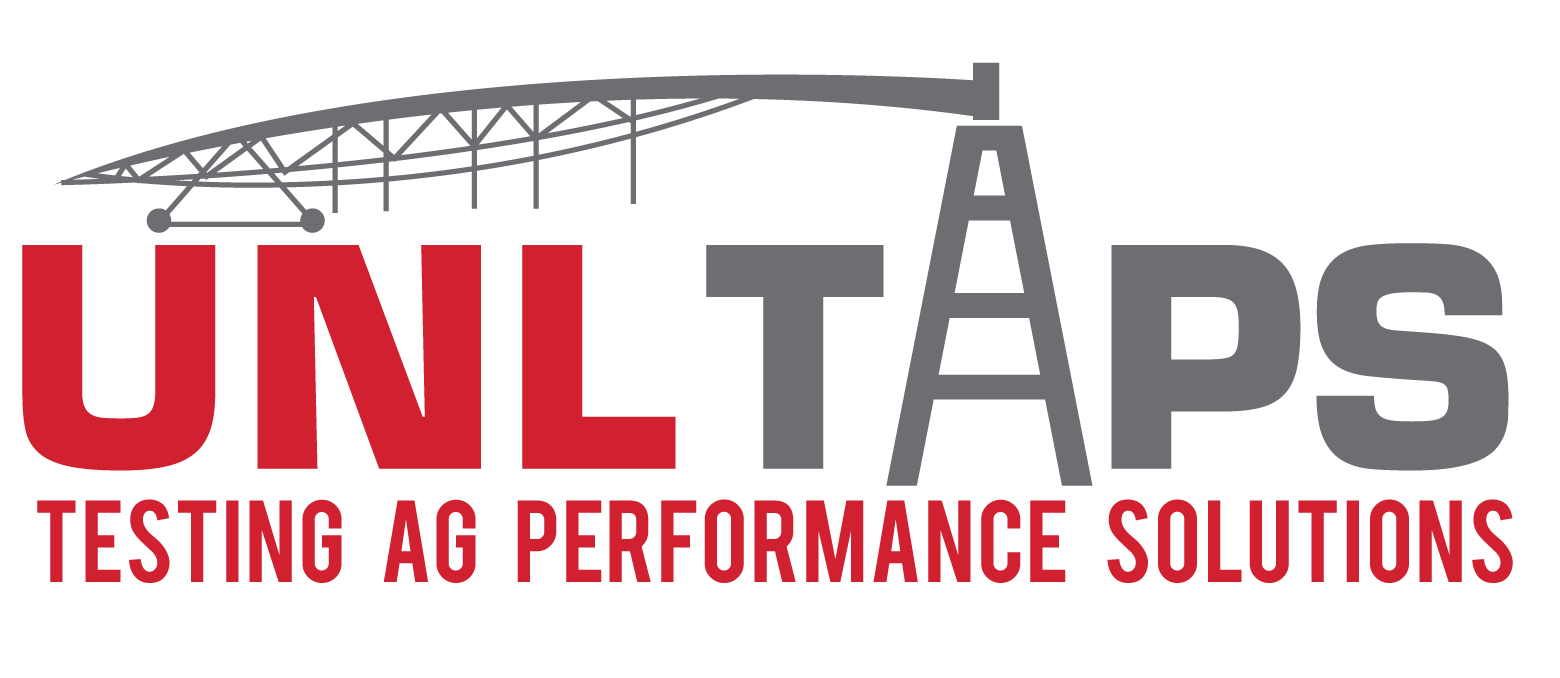




The Virtual Testing Ag Performance Solutions (VTAPS) was developed by the University of Nebraska Extension and has been modeled around the highly successful UNL-TAPS (taps.unl.edu) program. In the TAPS program farmers and other participants make a series of management decisions as they respond to field, agronomic and technologically based information. At the end of the growing season, the TAPS participants see how they compare (rank) against other participants in terms of profitability, irrigation and nitrogen efficiency and crop yield. The TAPS program has helped participants in the self-realization of management changes that need to be improved, and participants have adopted new technology and management practices on their farming operation as a result of participating in TAPS.
The VTAPS program was developed so that high school ag students, and others, could have a similar TAPS experience. VTAPS participants will select the hybrid and seeding rate they wish to plant. They will also be able to apply nitrogen fertilizer (at $0.60 per pound) for pre-plant ($8.50 application cost), sidedress ($8.50 application cost) and five fertigation applications ($1.25 application cost/ac). Participants will also be able to apply irrigation water ($6.10 per acre inch) twice during each week of the simulation (maximum of 1.0 inches per application). Other costs such as machinery, materials, land taxes and opportunity costs amount to $742.79. Cost of production is calculated on a weekly basis and divided by the Farm Service Agency Annual Production History (APH) of 230 bushes per acre. The location of the field is North Platte, NE in a corn soybean no-till crop rotation. The soil type is a Cozad Silt Loam soil, 2% organic matter and water holding capacity of 1.81 inches/ft. Average residual nitrogen at the beginning of the growing season is 20 pounds N per acre and 85% initial soil water content.
At the end of the simulation total cost is divided by the final yield. A complete budget is available at: taps.unl.edu/budget. All the decisions and generated weather information are fed into a crop simulation model, Decision Support System for Agrotechnology Transfer (DSSAT) and results are included in a weekly summary. Participants will also have soil moisture sensor information showing soil moisture at various depths of the soil profile.
At the end of week 24 participants will be able to see their final yield, cost of production ($/bushel) and nitrogen and irrigation efficiency (Water × Nitrogen Intensification Performance Index – WNIPI, Lo et al., 2019). In a group simulation such as a crop production class, participants will see how they rank in these same categories, allowing them to self-realize what areas of their management decisions are the strongest and which ones could use some improvement. Participants will also be able to see how much nitrogen has potentially leached below the root zone. The single player version of VTAPS will allow participants to try to improve their yield, cost of production and nitrogen and irrigation application efficiency.
The VTAPS program was developed by Alex Enersen under the guidance of Dr. Stephen Cooper, Executive Director at the J S Raikes School of Computer Science & Management at UNL. The results of the VTAPS program have been calibrated with six years of TAPS data from North Platte, NE by Rintu Sen and Dr. Saleh Taghvaeian from the UNL Biological Systems Engineering Department. The simulated weather data and weather forecasts have been developed by Dr. Matt Stockton, UNL Extension Economist at North Platte.
A VTAPS curriculum has been developed for high school ag students to support educational efforts with the VTAPS computer program and is available upon request at taps@unl.edu . The curriculum has 15 lessons each on hybrid selection, nitrogen management and irrigation management.
Thanks to the following VTAPS Development Committee for your input and support: Alex Enersen, Stephen Cooper, Rintu Sen, Saleh Taghvaeian, Matt Stockton, Dirk Charlson, Daran Rudnick, Vaishali Sharda, Krystle Rhoades and Chris Proctor. Thanks to the VTAPS Advisory Committee: John Thorburn, Dave Eigenberg, Lisa Kemp and Jennifer Swanson. A special thanks goes to Katie Hickel, Elbert Traylor and Jessica Russell of the Nebraska Department of Water, Energy and Environment, who helped fund this project through the 319 program and the Nebraska Association Resource Districts for funding the development of the VTAPS project.
Sincerely,
Chuck Burr
Nebraska Extension Educator & VTAPS Project Lead
REFERENCES
Lo, T., Rudnick, D.R., Burr, C.A., Stockton, M.C., & Werle, R. (2019). Approaches to evaluating grower irrigation and fertilizer nitrogen amount and timing. Agricultural Water Management. 213: 693-706.